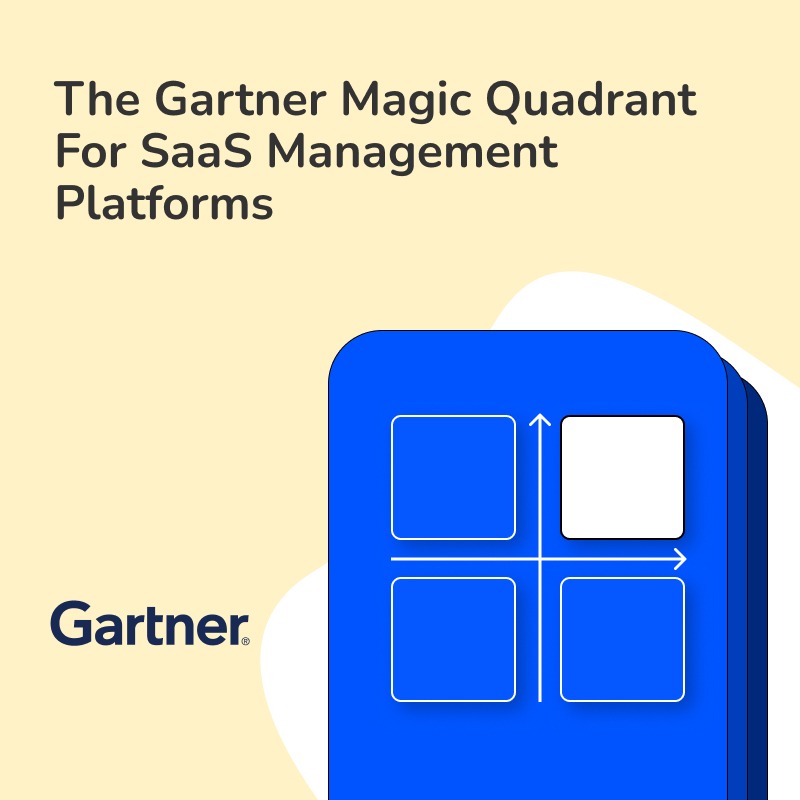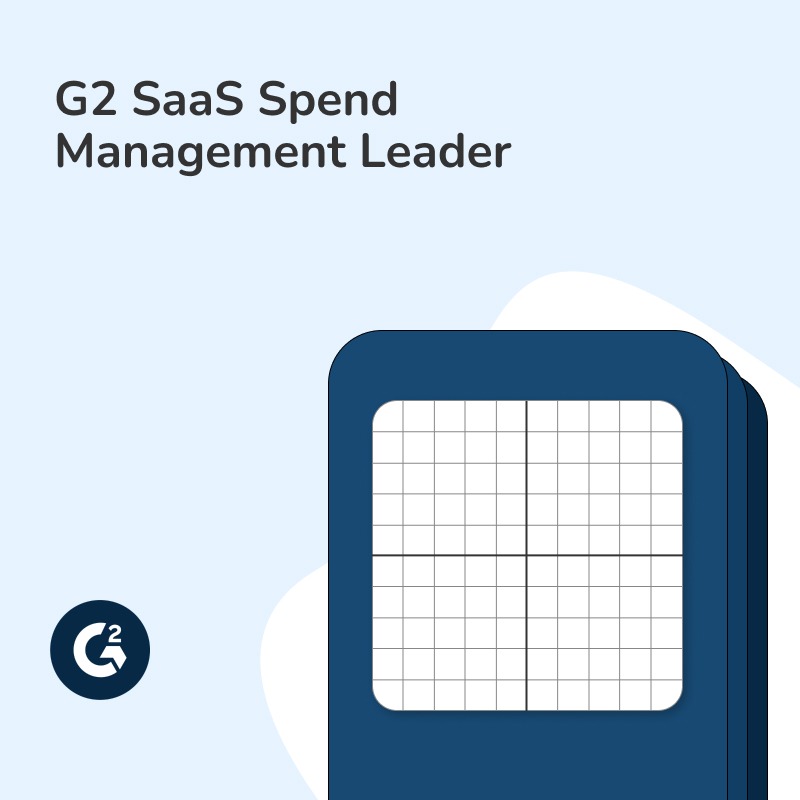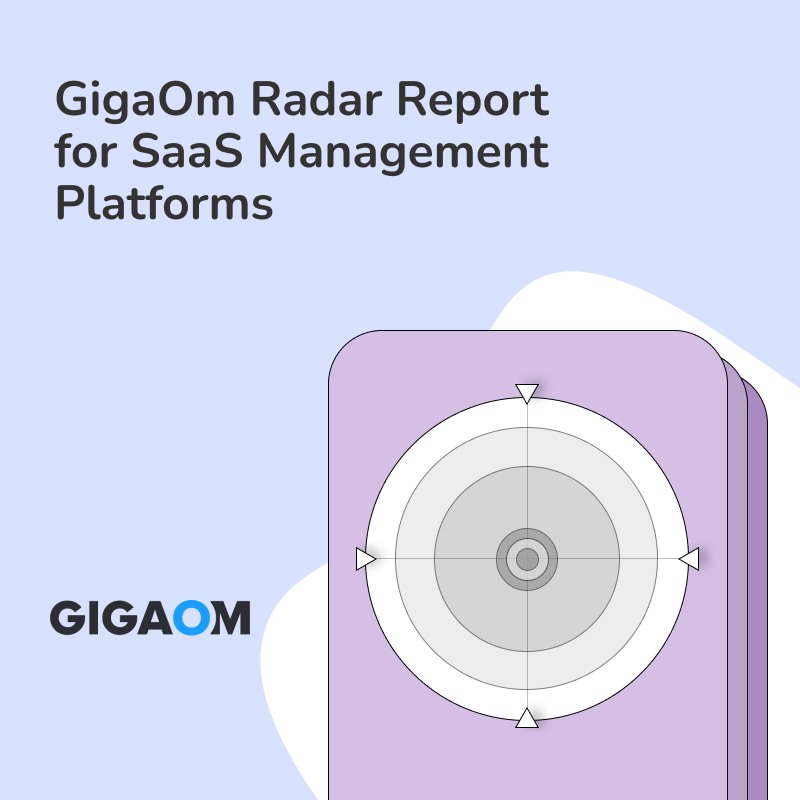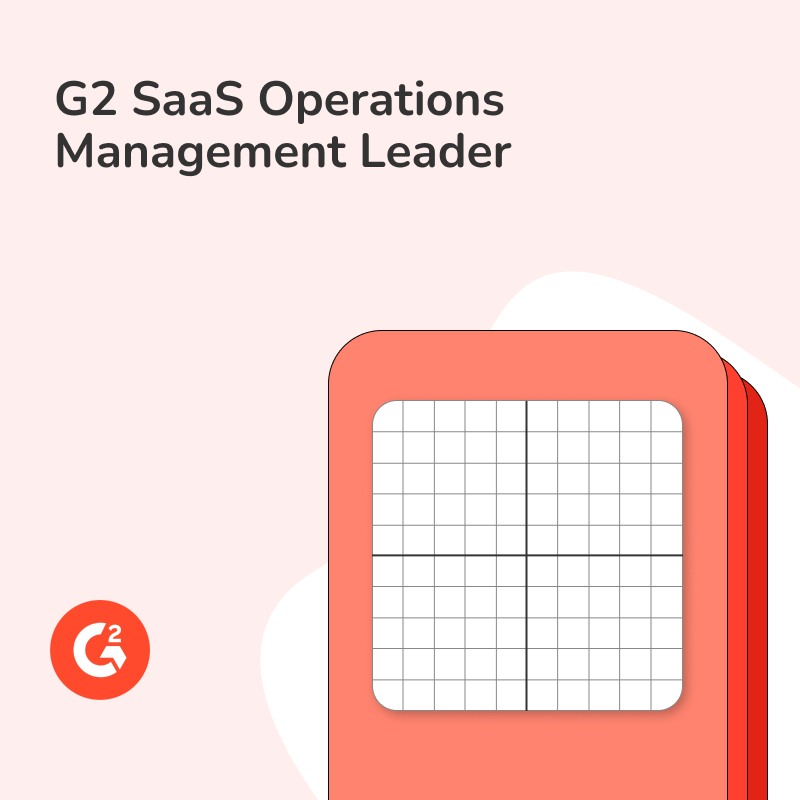Have you ever wondered how businesses ensure they’re always playing by the rules, especially in an ever-changing regulatory landscape? Navigating the complexities of a compliance monitoring workflow can feel like deciphering a foreign language. It’s enough to make any IT professional’s head spin. But fear not! In this article, we’ll cut through the noise and demystify what a compliance monitoring workflow actually is and how IT can effectively implement it. Stick with us, and we’ll break down the essentials into digestible, straightforward steps. And if you want to dive even deeper into how App Lifecycle Automation can streamline this process, visit Torii’s guide on automating the application lifecycle. Let’s get started!
A compliance monitoring workflow is a structured process designed to ensure an organization consistently adheres to regulatory standards. But what exactly does this workflow entail, and how does IT play a role in its implementation? At its core, a compliance monitoring workflow automates the tracking of an organization’s compliance with various regulations. This is important because staying compliant can be complex and time-consuming. Wouldn’t you want a system that handles this for you with minimal manual effort? Here is where IT steps in with compliance automation tools.
Compliance automation tools are essential for IT departments to effectively manage this process. These tools continuously scan an organization’s systems to check for compliance. They identify any compliance gaps and generate real-time reports. This constant surveillance ensures that the organization’s security policies are enforced and that compliance requirements are continually met. One of the main benefits of this workflow is risk mitigation. Automated systems provide visibility into compliance statuses, making it easier to identify and address issues before they become significant problems.
How does this process actually work? Let’s break it down. First, compliance automation tools are configured to scan all relevant systems. This involves setting up the parameters for what needs to be monitored. These tools then continuously monitor these systems, ensuring that they adhere to the predefined regulatory standards. If a gap is found, the tools generate alerts and reports, providing real-time information. But identifying issues is only half the battle. A good compliance monitoring workflow also includes the automation of corrective actions. This means that when a compliance gap is detected, the system can initiate predefined corrective measures to address the issue immediately. This not only keeps the organization compliant but also significantly reduces the workload on IT staff. The workflow also ensures audit readiness. With continuous tracking and real-time reporting, all necessary documentation and evidence of compliance are readily available. This means that when an audit comes around, your organization is prepared, saving time and reducing stress. While the process may seem straightforward, it does have its complexities. Different regulations have different requirements, and keeping up with these can be challenging. However, with a well-structured compliance monitoring workflow, these challenges can be managed efficiently.
Best Practices for Implementing a Compliance Monitoring Workflow
To ensure that your compliance monitoring workflow operates seamlessly and delivers the maximum benefits, adopting best practices is crucial. Here are some tactical, structured recommendations to help you optimize your workflow, ensuring both efficiency and effectiveness.
1. Define Clear Compliance Objectives
Start by clearly defining what compliance means for your organization. Identify the regulatory standards and internal policies you need to adhere to, such as GDPR, HIPAA, or ISO 27001. These guidelines will serve as the foundation of your compliance monitoring workflow.
2. Configure Automation Tools Accurately
Ensure that the compliance automation tools you implement are configured to monitor all relevant systems and processes within your organization. This includes setting the correct parameters to scan for compliance, identifying potential gaps, and establishing reporting mechanisms. Regularly update these configurations to adapt to any changes in regulations or internal policies.
3. Continuous Training and Awareness
Regular training and awareness programs for your IT staff and other stakeholders are essential. These programs help keep everyone informed about the latest compliance requirements and the operation of your compliance monitoring workflow. This reduces the risk of human error and ensures that everyone understands their role in maintaining compliance.
4. Implement a Robust Alert System
A robust alert system is vital for timely identification and rectification of compliance gaps. Make sure that your system generates real-time alerts and that these notifications are directed to the right personnel. This immediate visibility allows for prompt corrective actions, minimizing potential risks.
5. Automate Corrective Actions
Whenever possible, automate corrective actions following the detection of compliance gaps. Predefined workflows should dictate what steps to take when an issue arises, ensuring that these steps are executed immediately and consistently. This reduces dependency on manual interventions and speeds up the resolution process.
6. Regular Audits and Reviews
Conduct regular internal audits and reviews of your compliance monitoring workflow. These audits help ensure that your tools and processes are functioning correctly and that no gaps have been overlooked. They also prepare your organization for external audits, reducing the stress and time required to gather necessary documentation.
7. Evolve with Regulations
Regulatory landscapes are constantly evolving. To stay compliant, your monitoring workflow must adapt to these changes. Stay informed about updates in regulations and modify your compliance objectives and automation configurations accordingly. Regularly review and update to reflect these changes.
8. Maintain Detailed Documentation
Keep comprehensive and up-to-date documentation of all compliance activities. This includes logs of compliance scans, alerts, corrective actions taken, and audits conducted. Detailed records not only ensure transparency but also facilitate smoother audits by providing clear evidence of your compliance efforts.
9. Benchmark and Optimize
Finally, continually benchmark your compliance monitoring workflow against industry best practices and standards. Use performance metrics to identify areas for improvement and optimize your processes regularly. This proactive approach helps in maintaining high compliance standards and enhances overall security posture.
By following these best practices, your organization can create a more resilient and efficient compliance monitoring workflow. Remember, the goal is not just to maintain compliance, but to foster a culture of continuous improvement and vigilance.
For further information on how a strategic management platform like Torii can aid in this process,






